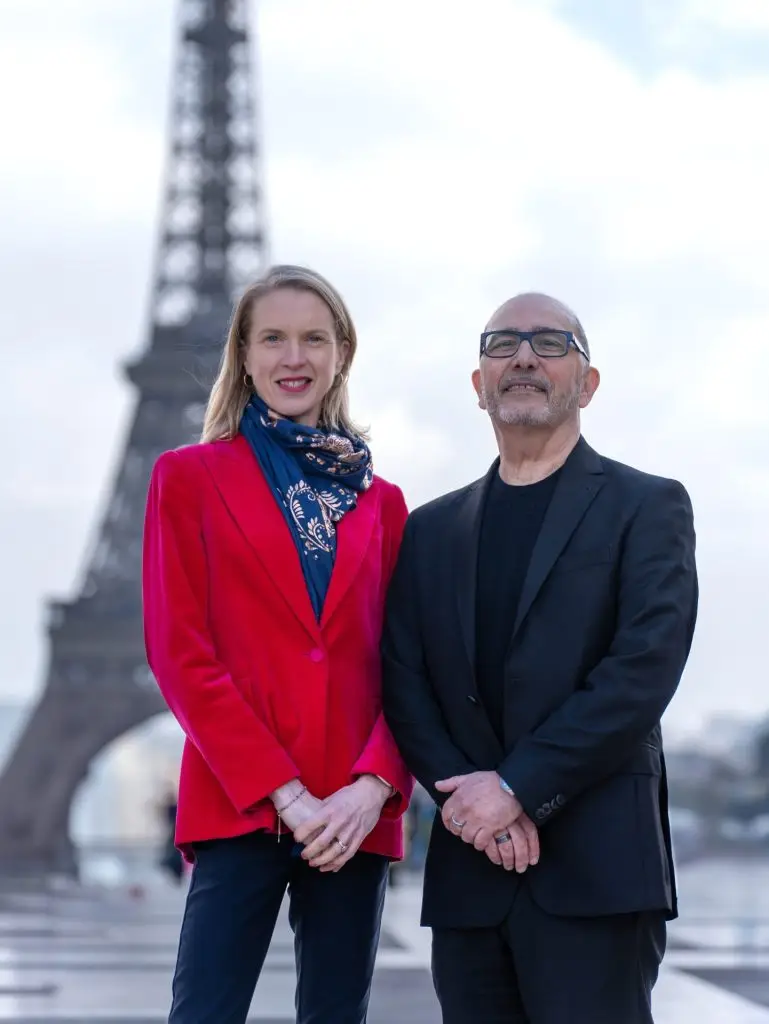The media business has survived for decades with slim margins and constant reinvention. In recent years, publishers have bet on a premium model – high-value, high-cost services for professionals. Now, even those models are under threat.
No longer. The Trump administration, eager for a pound of flesh against non-obsequious media, has directed procurement teams at embassies and consulates to “prioritize the termination of contracts with six news organizations in particular: the Economist, the New York Times, Politico, Bloomberg News, the Associated Press and Reuters.” This scoop comes from Jeremy Barr and John Hudson at the Washington Post.
The Department of Government Efficiency claimed public entities spent $7 million on Politico subscriptions last year. This may seem strange as Politico is basically free, but nearly all of this spending was on the Politico Pro product. Similar amounts are being spent at the major business publications.
Publishers essentially started doing data and record-keeping tasks that internal librarians might have once handled. Politico made its money by selling an incredibly niche product to a small but well-paying group of people that really needed this intel (basically the extremely niche and mundane municipal and state legislative movements). Yes, these companies have plenty of private clients, but the government used to be reliable and efficient in its subscriptions.
And now that’s all out the window.
Young volunteers, armed with records from the Government Accountability Office and the power of the “find” tool, are working to expunge undesirable organisations from the payroll. They can cause real pain. Maybe not today or tomorrow, but these operations will leave our media organisations worse off financially.
For some time, premium media services felt like a backstop against the vagaries of the media and advertisement market. It’s easier to claim a “pro” subscription is either a business expense or something that’s paid by an employer.
I understand how we got here. The media has largely been a terrible business for the last two decades, and publishers have been looking for a better business model.
I remember my brief stint as a general assignment reporter in Kansas, so green that I pronounced pollo as “polo” and would regularly leave my long, skinny reporter’s notebook on the front seat of my Toyota Tercel when I got to crime scenes. Late in my tenure, a young reporter pulled me aside and said, “If you want to stay full-time, make sure you don’t take anything less than $25,000.” It was very little money – even in the heartland, even in 2006.
And so it has continued. Layoffs, consolidations, an exodus to public relations and eventually, the creation of smaller, nimbler startups. Even with venture-backed funding and new business models, the cycle would repeat, over and over again. In the middle were thousands of talented reporters, pushed out on the street through no fault of their own. Buzzfeed News, Vice, and The Messenger are good examples.
The seminal weekly radio show On the Media talked about “Present and Future Business Models for Monetizing the Newspaper Industry”, so frequently that it got its own jingle.
After flirting with soft paywalls, micropayments, blockchain publications, hard paywalls and non-profit partnerships, most large news organisations have adopted a common solution: income diversification. Except The New York Times, which has a consumer-focused bundle of cooking and games, this has largely meant creating and pushing premium products.
The Financial Times has FT Premium, which includes Lex and sector-specific analysis, while the WSJ has WSJ Pro. Bloomberg and Reuters both have independent data businesses, in WestLaw and the sprawling Professional service. These are expensive operations, with subscription fees sometimes two to five times the price of a ‘standard subscription’. They have dedicated teams of reporters and editors, along with access to data.
(I understand that the corporate ownership here is unique in each case. Bloomberg News started as a value-added service to Terminal subscribers. ThomsonReuters is an entity created through a series of acquisitions and divestments. Let’s not let that get in the way of discussing the larger consequences of what’s happening right now.)
What can we – the people in the ecosystem that surrounds and relies on the news – do here?
The easiest thing to do is get a wide variety of subscriptions to different types of organisations. Find ways to spread your media budget, both personal and professional, around. Not only does this ensure a variety of targets, but it also means a more diversified media as a whole.
We must make it clear that the media is essential. And it’s something that knowledge workers need to make room for in their budgets. Great coverage gives businesses throughout finance and technology a competitive edge, market signals, and interest that informs.
Work with your finance departments to make that revenue as consistent as possible. Consider locking in multi-year subscriptions for the publications you find the most valuable.
Make sure to reward places that are exclusively focused on reporting or make the majority of their income from traditional publications. That’s not to say you should blacklist places with extension events businesses, but some operational awareness of how far your pound or dollar will stretch is important.
This will also probably accelerate the latest round of exoduses from these organisations. If places are less fiscally sound, it might be less risky to strike out solo on a platform like Substack. Be ready to support these endeavours as well.
Pessimism and media have a long and storied history. Some perspective from my increasingly long-term viewpoint is that it’s easy to turn apocalyptic when the prognosis is merely gloomy. There will continue to be a strong media – we just need to do our part to make it the media of tomorrow we want to see.
Jon Schubin runs content for Cognito





